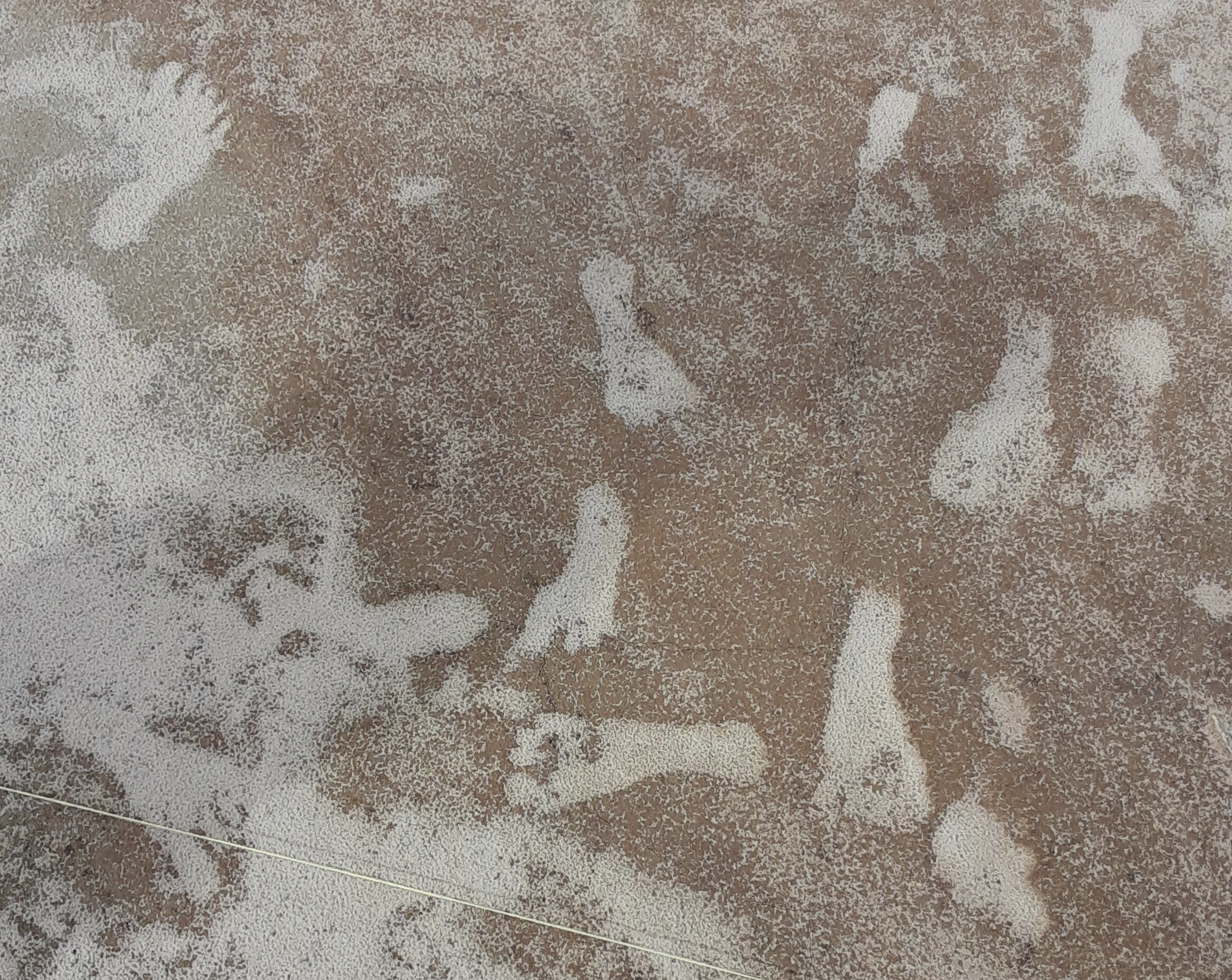New research confirms that fossil human footprints in New Mexico are likely the oldest direct evidence of human presence in the Americas, a finding that upends what many archaeologists thought they knew about when our ancestors arrived in the New World.
The footprints were discovered at the edge of an ancient lakebed in White Sands National Park and date back to between 21,000 and 23,000 years ago, according to research published Thursday in the journal Science.
The estimated age of the footprints was first reported in Science in 2021, but some researchers raised concerns about the dates. Questions focused on whether seeds of aquatic plants used for the original dating may have absorbed ancient carbon from the lake—which could, in theory, throw off radiocarbon dating by thousands of years.
The new study presents two additional lines of evidence for the older date range. It uses two entirely different materials found at the site, ancient conifer pollen and quartz grains.
The reported age of the footprints challenges the once-conventional wisdom that humans didn’t reach the Americas until a few thousand years before rising sea levels covered the Bering land bridge between Russia and Alaska, perhaps about 15,000 years ago.
2023-10-05 15:48:03
Article from phys.org
